This new report from the International Union for the Conservation of Nature (IUCN) explains light pollution, why it matters and how to reduce it. While centred on nature protection, it also addresses the importance of abating light pollution for cultural and traditional heritage conservation, wilderness enjoyment, security, energy conservation, human health, astronomy and the enjoyment of a natural night sky, from seeing galaxies and stars to planets, comets, meteors and aurorae.
Entitled “The World at Night”, the report has been compiled by the IUCN’s Dark Skies Advisory Group, set up in 2009 to provide advice and guidance in regard to light pollution and dark sky values.
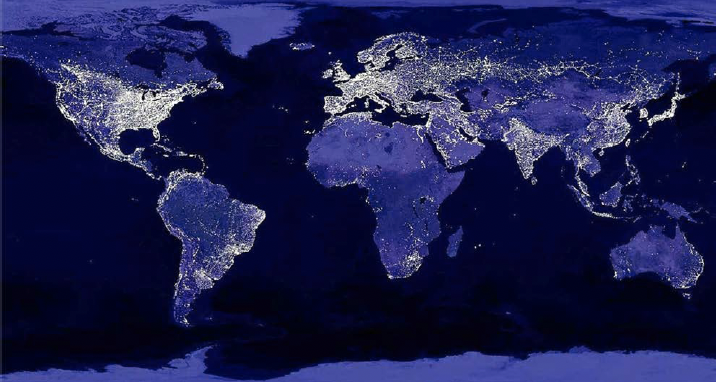
The IUCN has twice recognized the significance of light pollution at its World Conservation Congresses. In addition as this, in 2007 the United Nations Educational, Scientific and Cultural Organization, the International Astronomical Union, the Council of Europe, the Secretariat of the Convention on Biological Diversity and other international organizations together issued a Declaration in Defence of the Night Sky and the Right to Starlight.
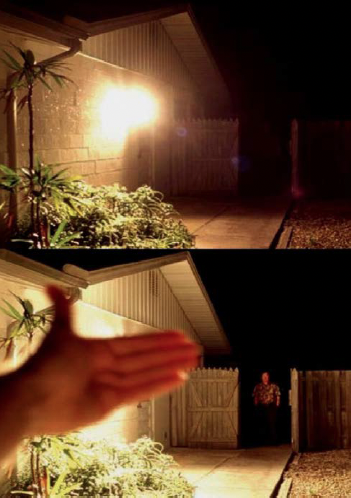
Improperly shielded outdoor light at night reflects from atmospheric particles, even moisture, and creates artificial skyglow. This haze of light prevents us from seeing most stars and the seven galaxies that should be visible to the naked eye. A clear, unpolluted night sky is also central to the cultural values of many societies around the world. An estimated 60% of Europeans and 80% of Americans have never seen the Milky Way, even on a cloudless night. Up to 1/6 of outdoor lighting is wasted by going directly to space. Light trespass into residences leads to sleep disturbance and contributes to several human health issues. The direct glare from over-bright and poorly shielded street and building lights compromises security by reducing our ability to see into shadows. Whether rural or urban, excess lighting interferes with nature’s predator-prey relationships and disturbs the seasonal and daily rhythms of many plants and animals. Bright lights confuse migrating birds and contribute to deadly bird impacts on buildings. Sunlight reflected from satellites threatens the future of ground-based astronomy, both for science and for the public enjoyment of the night sky.
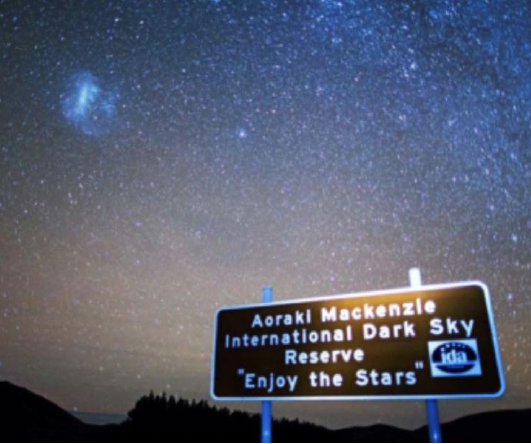
This 160-page report describes light pollution and its extent and impacts across the globe. It summarizes the lessons learned from certified dark sky places. Dark sky guidelines are suggested for conservation management in urban, natural or heritage areas. Options are offered for public engagement through park interpretation, school events, public engagement, community outreach and media contact. Examples of national, regional and municipal light pollution laws and policies are described. Other topics include light pollution scales and measurement devices. Recommendations for different situations are given for spectrum, illumination levels and appropriate fixtures.
Several organizations certify places with appropriate outdoor lighting policies and practices that minimize sky glow, that are compatible with nature conservation, and that offer interpretation and outreach programmes to residents and visitors alike. As of January 2024 there are over 320 dark sky places in 34 countries, from strictly protected areas to astronomical research sites, from biosphere reserves to towns and villages. Fifteen examples are described.
As the world urbanises and as more communities gain access to electrical grids, there is an ever-growing amount of light pollution on Earth, a trend exacerbated by the onset of ultra-efficient LED lighting. This makes it easy to provide far more light than is needed. This report encourages architects, planners and environmental and building managers to help abate light pollution, and to help concerned citizens to spread the word about light pollution. Everyone has the right to enjoy an unpolluted night sky and the natural world that goes with it.










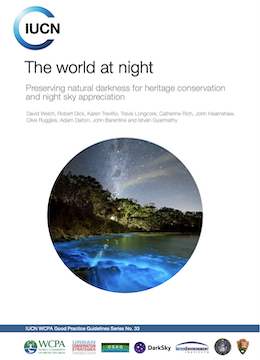
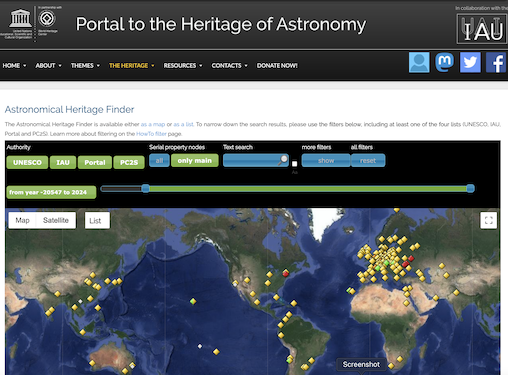



 If you are looking for things related to Alice and/or information about stalking, please visit the
If you are looking for things related to Alice and/or information about stalking, please visit the